South Philadelphia
The area continued to grow, becoming a vital part of Philadelphia's large industrial base and attracting immigrants from Italy, Ireland, Poland and many Southern European and Eastern European countries during the late 19th and early to mid 20th centuries, as well as Black American migrants from the southern United States during the Great Migration of the early 20th century.Despite this dramatic growth in population, the low funding of education by the city resulted in the first public high school not being formed in South Philadelphia until 1934.[4] Attracted to the industrial jobs, the new residents of South Philadelphia created communities that continued many of their Old World traditions.In addition, there has been an increase in recent years of immigrants from Russia, Mexico and Central American nations such as Honduras, Guatemala and El Salvador.Today, many vendors that work alongside the Italian-Americans at the Italian Market are of Asian descent and Mexican or Central American descent, and Vietnamese, Thai, Mexican, and Central American restaurants are interspersed with historic Italian restaurants in the Market area.On January 22, 2010 the Associated Press said "South Philadelphia has been growing more diverse for decades, but the last 20 years have seen the greatest influx of Asian and Hispanic families.To this day, dialects from those regions mixed with English are spoken in many South Philadelphia households and neighborhoods.For example, Italian neighborhoods in South Philadelphia were heavily redlined for decades specifically due to their Italian-American demographics.The majority of the current African American population in South Philadelphia, however, is descended from Southern migrants who moved into the city in high numbers during the first Great Migration in the early 20th century.South Street was originally considered the cultural and commercial center of this community, though the community became increasingly concentrated to western areas below South Street, including Point Breeze, Southwest Center City, Schuylkill and Grays Ferry.Famous South Philadelphians include opera contralto Marian Anderson and musicians Kenny Gamble and Chubby Checker.A number of SEPTA bus routes also serve South Philadelphia, ferrying commuters to and from Center City and the surrounding neighborhoods and suburbs.Columbus Boulevard has North and South bike lanes which are separated from automobile traffic from Reed Street to Center City.In 2022, Washington Avenue east of Broad Street was transformed into a multimodel road with protected bike lanes and pedestrial crossings.[28] The span of Washington Avenue west of Broad Street underwent repaving and minor changes to bike lanes.South Philadelphia (along with Atlantic City) was a part of their territory, in which they fought with rival bootleggers William Michael "Mickey Duffy" Cusick and Joe Bruno during Prohibition.Angelo Bruno, who was boss of the Philadelphia Crime Family, was murdered in front of his house at 10th and Snyder Avenues in 1980.It is lined by specialty shops, such as butchers, bakeries and cheese/grocery stores, as well as one for kitchen goods, and new cafes and coffee houses.Edward W. Bok Technical High School, listed on the National Register of Historic Places, has been converted into a workspace and community center.For decade during the World Wars and after, the shipyard was a major employer, whose craftsmen built new ships and repaired and maintained existing ones.Washington Avenue, between 16th St. on the west and Front St. on the east, is home to many Asian businesses, including Vietnamese, Chinese and Korean.Within the past few years, several coffeeshops, restaurants and bars have opened which appeal to the younger population beginning to live in the area.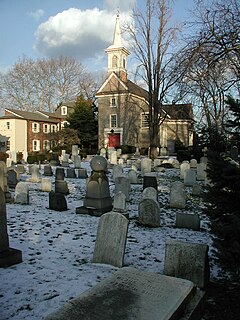
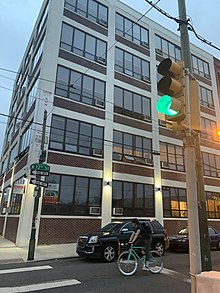
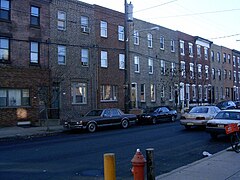
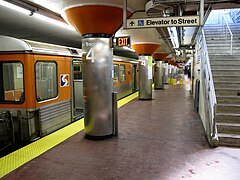

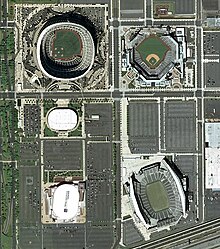
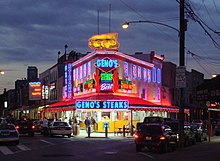
Philadelphia Freedom (album)NeighborhoodOne Liberty Observation DeckPhiladelphia CountyCountryUnited States of AmericaPennsylvaniaCountyPhiladelphiaZIP CodesArea code(s)South StreetDelaware RiverSchuylkill Riverworking-classItalian-AmericanAsian AmericanIrish-AmericanAfrican-AmericanLatinoMoyamensingSouthwarkFirst Industrial Revolutiondock workrefugeesIrelandGreat Irish HungerCenter City PhiladelphiaAct of Consolidation, 1854PolandSouthern EuropeanEastern EuropeanBlack AmericanGreat MigrationCatholicProtestantIrish Catholicparochial schoolsPolish JewsCentral and Eastern EuropeQueen VillageGreek OrthodoxLebaneseLebanese MaroniteOld WorldPhiladelphia InquirerCoptic Orthodox ChristianItalian AmericansItalian MarketGrays FerrySouthwest Center CityPoint BreezePennsportworking classSoutheast AsiaVietnamCambodiaIndonesiaThailandRussiaMexicoCentral AmericanHondurasGuatemalaEl SalvadorgentrificationBella Vistayoung urban professionalsMummers ParadeIrish AmericansPhiladelphia City CouncilMark SquillaPhiladelphia Fire DepartmentBroad StreetMarketPhiladelphia Police DepartmentUnited States Census BureauList of Philadelphia neighborhoodsLower MoyamensingDelawareSchuylkillCentral South PhiladelphiaDevil's PocketDickinson Square WestEast Passyunk CrossingFranklin Delano Roosevelt ParkGirard EstateHawthorneLittle SaigonMarconi PlazaNewboldPacker ParkPassyunk SquareSports ComplexWest PassyunkWhartonWhitmanItalianAfrican AmericansMexicansVietnameseChineseCambodianIndonesianCentral AmericansJewishMaronite LebaneseAssociated PressTemple UniversityHistory of the Italian Americans in PhiladelphiaNorthern ItalySouthern ItalyAbruzzoMoliseMessinaSicilysurrounding provinceSalernoAvellinoCampaniadialectsdiscriminationredlinedcheesesteakhoagieroast pork sandwiches